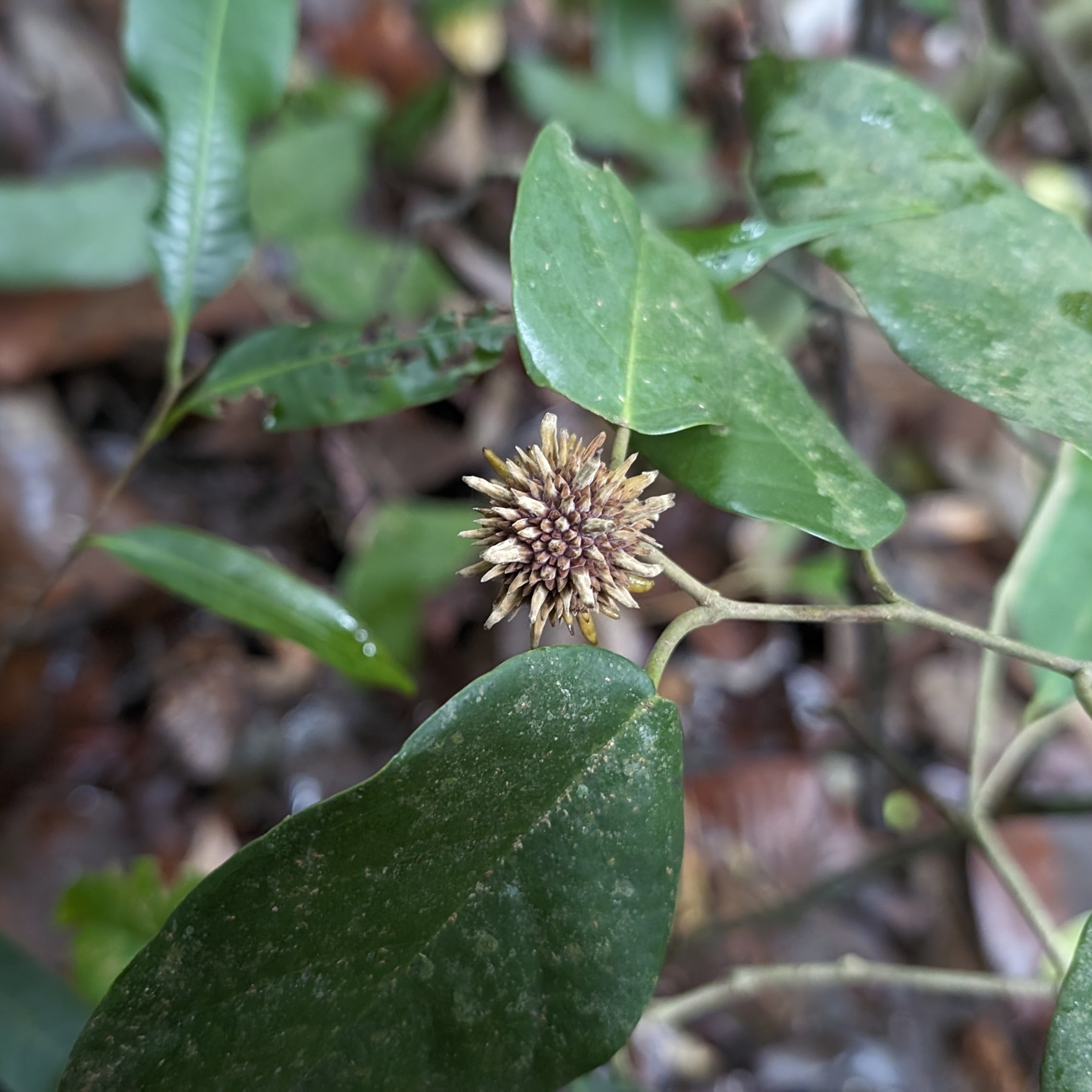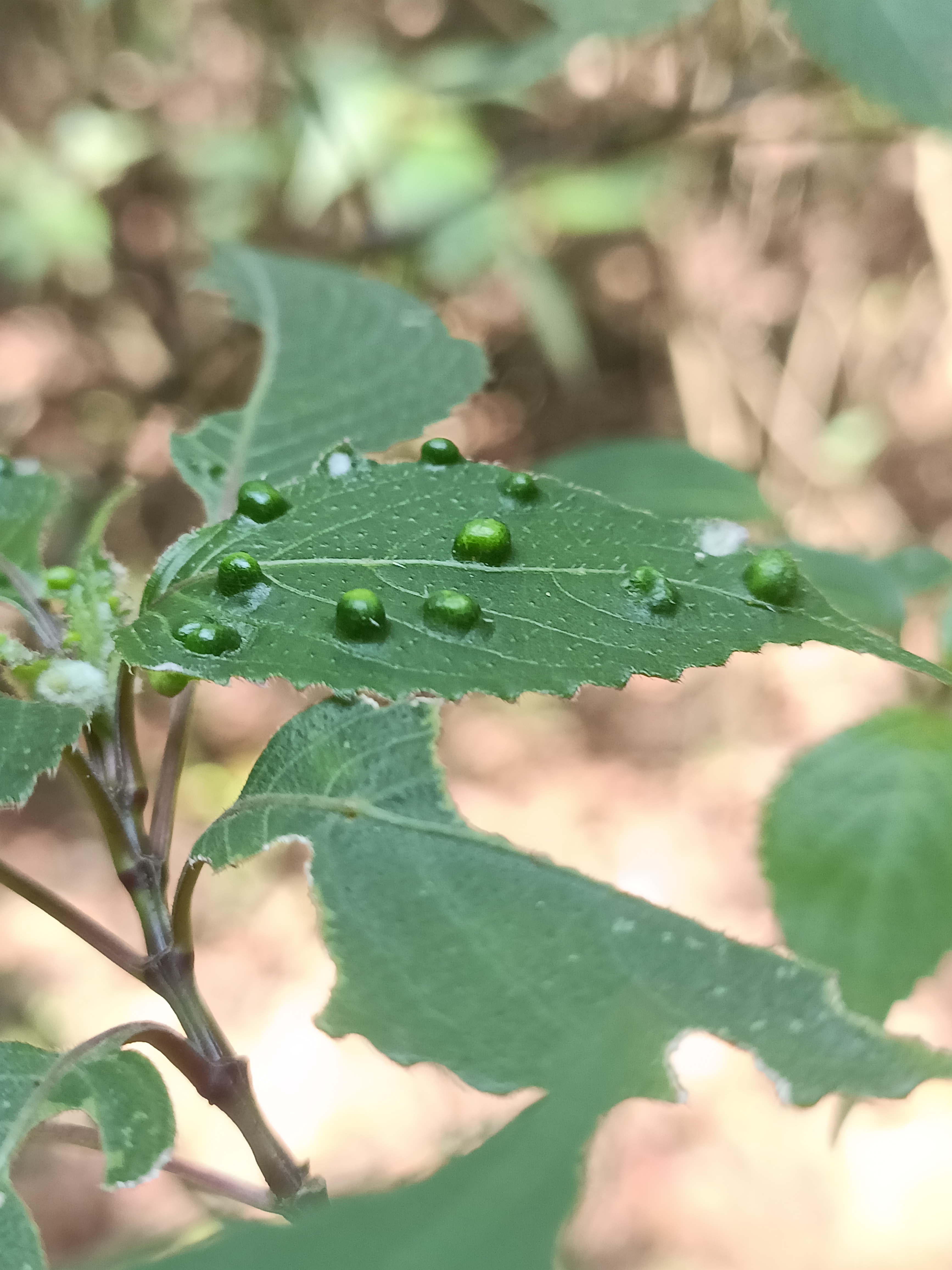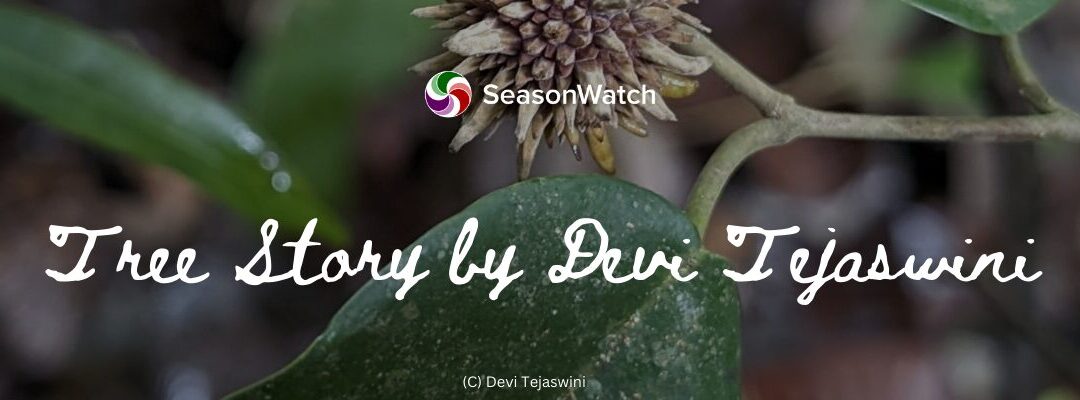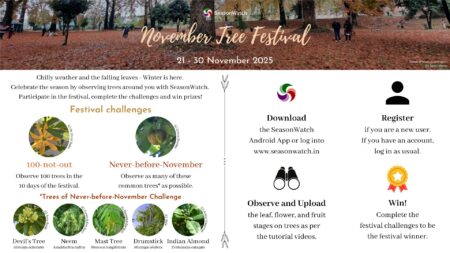If you’ve ever been into a forest—and liked it—there’s probably something that stayed with you. For one of my friends, it was a tree he named the White Elephant. For another friend, it was a caterpillar that they could never identify. For me, during my time in the Western Ghats, it was galls. And honestly, I think I’m still stuck with them.

Insect gall on Hopea canarensis
As a researcher—or just someone with a curious mind, there’s always something in nature that doesn’t just fascinate you but rather comes off as a discovery that unfolds at an agonisingly slow and unhurried pace. For me, that discovery was insect galls on plants. Galls are abnormal plant growths induced by female insects when they lay eggs. It triggers hypertrophy (increase in cell size) and hyperplasia (increase in number of cells) in plants. Insects can induce galls on leaves, stems, and roots of the plant.
As I spent time in the forests, these plant galls became more and more visible to me. Mangalorea hopeae, a lesser-known scale insect, induces echinate galls on Hopea ponga. Hopea canarensis, Memecylon randerianum, Spatholobus sp., and many more plant species endemic to the Western Ghats get different forms of galls. Jenkins (1992) recorded similar galls on 68 species of dipterocarps.

Insect gall on Memecylon randerianum
The Western Ghats, being a biodiversity hotspot, host a staggering richness of plant and insect species. It is saddening to see how these vibrant tropical forests, once among Earth’s greatest masterpieces now in decline. A classic manifestation of Murphy’s Law (Anything that can go wrong will go wrong) playing out in the natural world.
As an ecologist, I find myself intrigued, how these interactions truly play out. What will happen to these relationships when both plants and insects are in decline? Do the insects have alternatives, or are these bonds more fragile than we realise?
To my surprise, the knowledge gap is huge. Gall-inducing insects exhibit a high degree of specialisation for their host plants. However, the extent of this specialisation is unclear. Meanwhile, a single plant species can harbour multiple gall-inducing insect species. This asymmetry makes their interactions especially vulnerable: the decline of just one plant species could disrupt the life cycles of several insect species.
This is why the intricate relationship between gall-inducing insects and plants needs more attention. The galls are made of specialised nutritive tissue that provides nutrients and a protective microhabitat for the insects’ developing eggs and larvae. While scientific literature recognises insect, fungal, and bacterial galls, the origin of fungal and bacterial galls remains debatable. Many entomologists argue that galls are initially triggered by insects, which makes the plant more susceptible to secondary infections by fungi and bacteria.
Early researchers often referred to galls as “tumours” due to their abnormal growth patterns. However, this terminology may be misleading. Although gall formation disrupts normal plant development, it’s unlikely that the insect’s intent is to kill the host. After all, why would an insect kill the very source that’s feeding and protecting it? Ecologically, the growth abnormalities can be viewed as collateral damage rather than a malignant attack, suggesting that the insect’s relationship with the plant is not entirely antagonistic.
While studies on biogeographic patterns in plants and insects have helped us understand the mechanisms shaping biodiversity, gall-inducing insects remain largely overlooked. In the face of rapidly changing forest ecosystems, this is a major concern. Yet despite their ecological importance, we still know little about their abundance and distribution.
Next time you spot an odd growth on a plant, take a closer look—it might not be a tumour, but something far more fascinating.

Insect gall on Spatholobus sp.
Photos by Devi Tejaswini
About the author: Tejaswini is a PhD student at the University of Montana. She has a fascination for insects and their interactions with plants. When she is not wondering about insects, she can be found obsessing over her cats.







This was such an insightful article. Never realised galls could be so fascinating. Thanks for taking the time to tell us!
So many times I have seen galls but never thought of it this way – this is insightful and makes me more aware of my surroundings